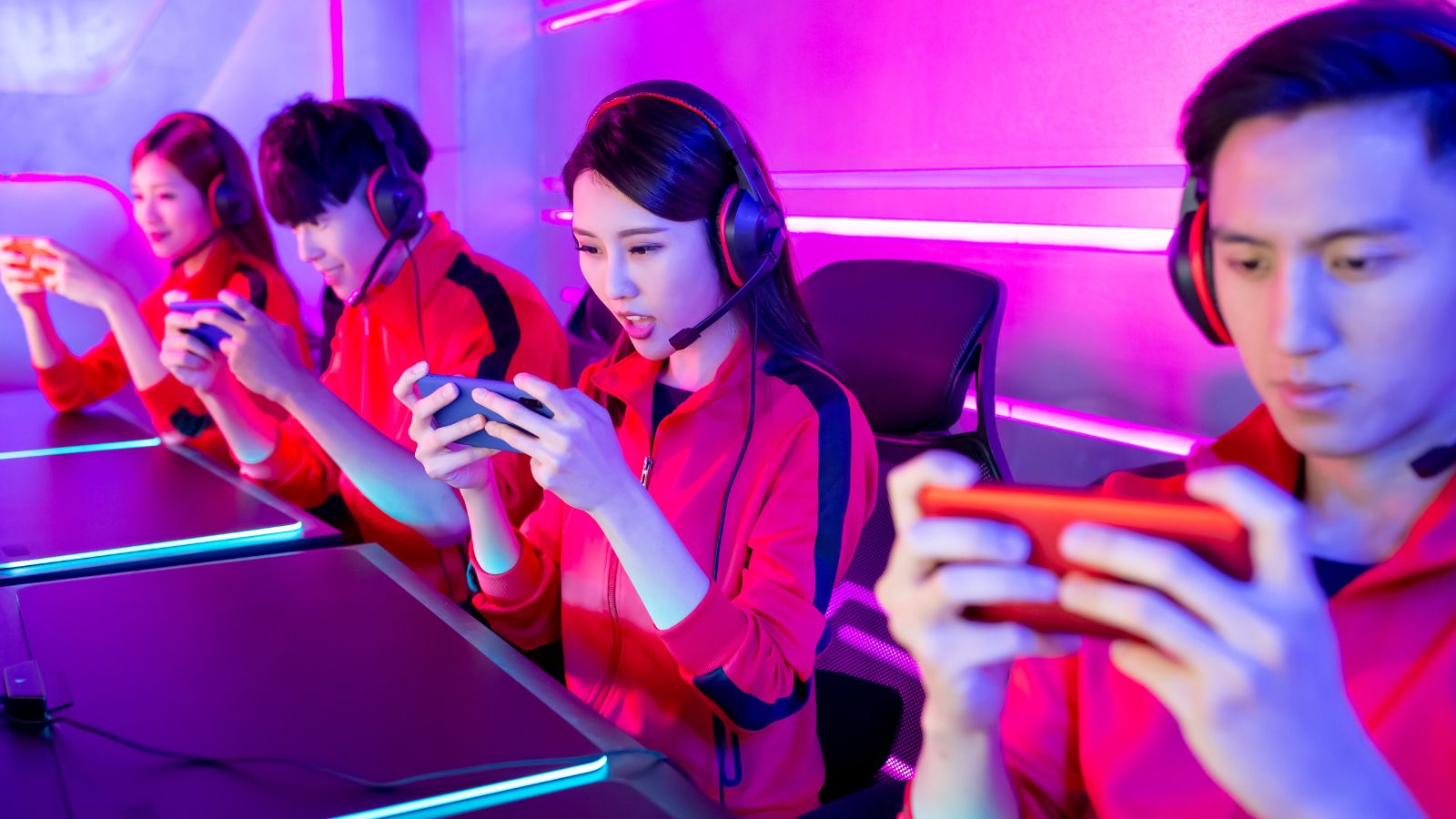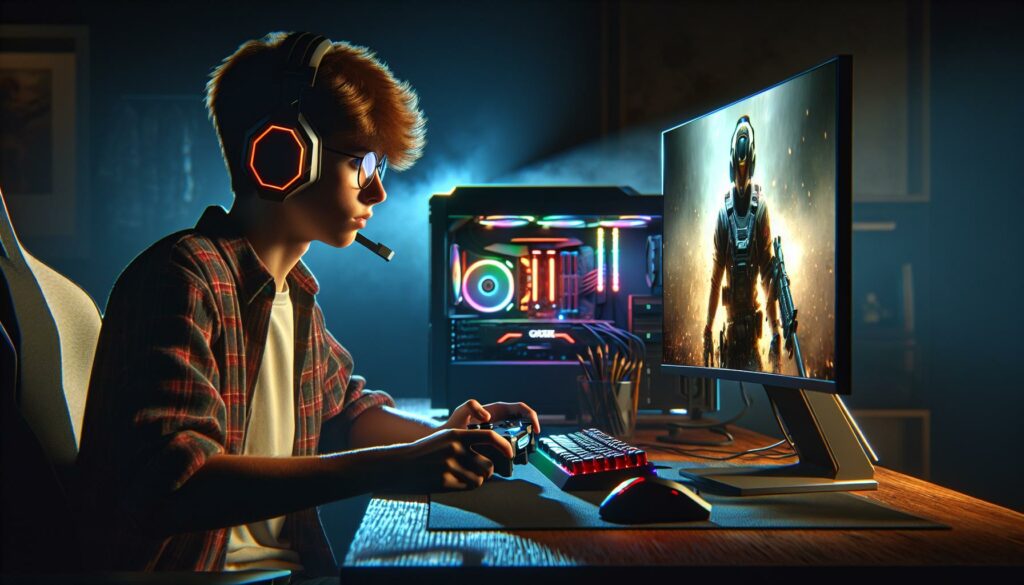In this unique modern era of competitive gaming, in-game skins have become far more than just simple cosmetic extras; they’re powerful branding tools, cultural markers, and, for esports organizations, even potential gold mines! Branded skins tied to esports teams, or “org skins,” have emerged as one of the most effective ways for competitive gaming brands to extend their presence beyond the stage, but a key question remains with regard to this: Do these skins actually bring in new fans or simply monetize those fans who are already engaged?
The growth of esports has blurred the lines between competitive play and entertainment, with major titles integrating professional branding directly into the games themselves. Whether it’s jerseys in a shooter, banners in a MOBA, or custom sprays in a tactical FPS (first-person shooter), org skins create a new kind of fan engagement, one that lives inside the game itself rather than just in streams or live events.
A major driver behind the evolution of this kind of branding has been the growing business ecosystem surrounding competitive gaming. Sponsorships, streaming deals, and even esports betting in the US have all contributed to a rapidly expanding marketplace where teams need every edge to stand out. Org skins offer one of the most direct, visible, and potentially lucrative ways to connect a brand with players right where they spend their time: In-game.
Why Org Skins Matter Beyond Aesthetics
At a basic level, skins have always served as a way for players to personalize their experience, be it in games on console, mobile, or PCs, and in single-player or casual multiplayer settings, they’re about individual expression. But when professional team branding enters the equation, something more complex happens: Personal expression merges with fandom, so if you equip the skin of your favorite team, you’re not just changing your avatar’s look, you’re identifying yourself as part of a community.
It’s the digital equivalent of wearing a football jersey to a stadium or repping your favorite NBA team at the park! In esports, though, the lines between fan and player are even thinner, and many of these fans actively play the same games their favorite teams compete in, making the connection more immediate. Every match played with an org-branded skin is a mini billboard. Even if someone isn’t consciously looking at your skin, repetition builds familiarity. And familiarity is the foundation of fandom.
Monetizing Existing Fans vs. Reaching New Ones
But the real debate isn’t about whether org skins have value. It’s about who they’re really for. Are these skins converting casual players into team supporters, or are they simply being purchased by existing fans who are already invested in the competitive scene? Early data and industry trends suggest it’s mostly the latter, at least so far. Org skins are extremely effective at deepening the relationship with existing fans. If someone already follows a team, they’re more likely to spend money on its skin line. This reinforces loyalty and builds recurring revenue streams.
However, there’s growing evidence that the visibility org skins provide can act as an entry point for new fans, particularly in games with massive player bases. When a newer or more casual player sees a specific org’s skin over and over again in matches, they may get curious. That curiosity can lead them to search for the team, check out tournaments, or even watch their first esports broadcast. This slow conversion funnel is less flashy than a huge spike in follower counts overnight, but it’s real. Much like how a young basketball fan might first buy a jersey before watching a full game, org skins can create the spark that leads to fandom.
Game Devs and Brand Identity
For skins to truly convert new fans, game developers have to design the ecosystem carefully. If org skins are buried behind paywalls with little visibility, their reach is limited. But when they’re integrated into major events, highlighted in the store, or tied to in-game rewards, their impact can multiply.
Developers of major esports titles, from tactical shooters to MOBAs, are increasingly treating org skin drops like event marketing campaigns. Special animations, lobby announcements, and integration with competitive broadcasts can make these skins feel like more than just digital clothing.
Successful esports teams understand that their skins aren’t just about short-term revenue. They’re about building a brand identity that sticks. Logos, color palettes, and thematic design choices all play a role in creating something instantly recognizable on the digital battlefield.

If you think about how iconic some traditional sports jerseys have become, org skins could eventually reach a similar cultural level in gaming. A bold, clean design can make a team’s presence unmistakable, even in the heat of a chaotic match. Over time, this kind of repeated exposure builds an emotional connection between the brand and the player base.
For newer or smaller organizations, skins can be a way to punch above their weight. Even if they don’t have the largest fan base yet, the right design and clever marketing can make their brand more visible to millions of players overnight.
Digital Age Fandom
Traditional sports fandom has often been tied to geography. People support their local teams or national squads, but esports breaks that model entirely, as fans might live in London, follow a Korean team, be part of a gaming community in Europe, and play on US servers all at once.
Org skins are a perfect fit for this globalized fandom. They allow fans to wear their loyalty regardless of location or time zone, and what’s more, younger audiences tend to express their identity through digital means as much as physical ones. Owning and equipping a team’s skin can feel just as personal as wearing a hoodie with the team’s logo on it. In many cases, it’s even more visible because other players are constantly seeing it in-game.



